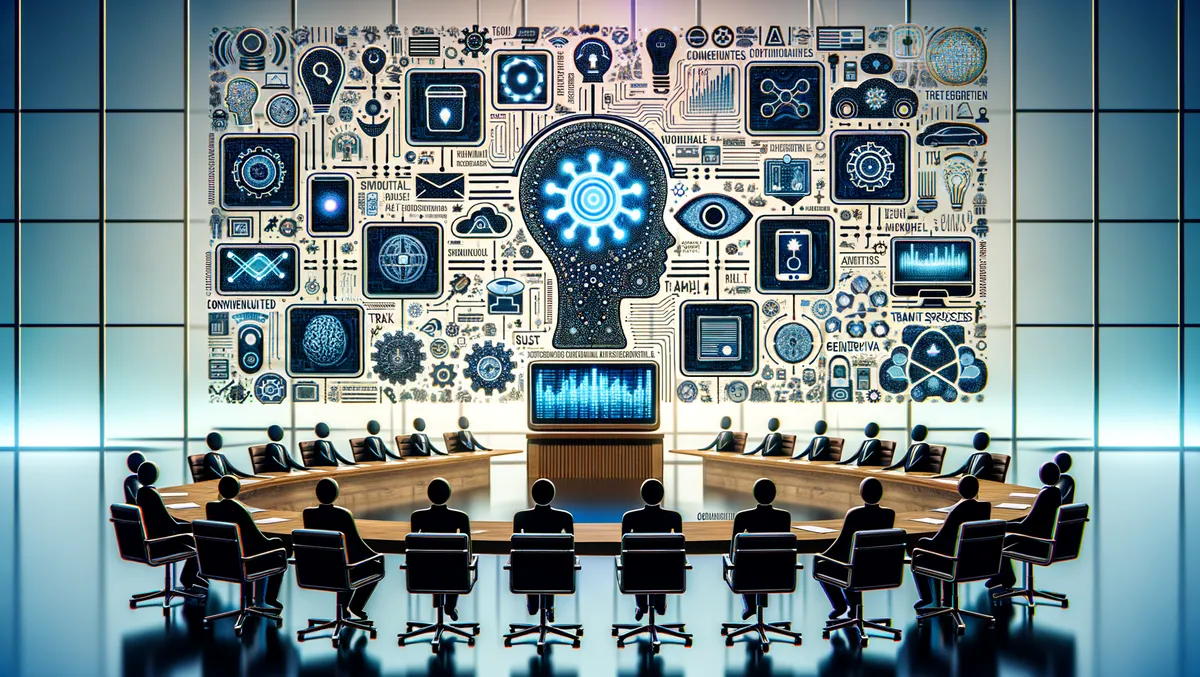
Six key trends expected to impact infrastructure and operations organisations
Gartner, the research and advisory company, has identified six key trends that are set to significantly impact infrastructure and operations (I&O) over the next 12 to 18 months. The findings were shared during the ongoing Gartner IT Infrastructure, Operations & Cloud Strategies Conference.
Recognising the pressures on I&O leaders in addressing these emerging trends, Jeffrey Hewitt, a senior analyst at Gartner, commented, "I&O leaders have little time, skills and budget to track emerging trends and the full impact of those on I&O."
Hewitt encouraged leaders to utilise these identified trends to "identify which are most likely to impact their organization and implement effective tactics to respond."
The first identified trend is Machine Customers: nonhuman economic actors such as virtual personal assistants, smart appliances, and connected cars. By 2027, Gartner expects that 50% of people in advanced economies will rely daily on AI personal assistants.
"There are strong upsides to machine customers," said Hewitt, however he also highlighted challenges such as the need for alterations to operating and business models.
Another trend observed is AI Trust, Risk and Security Management (AI TRiSM). It is anticipated to support AI model governance, trustworthiness, reliability, and data protection.
Gartner even predicts that by 2026, organisations effectively implementing AI TRiSM could see a 50% improvement in adoption, business goals, and user acceptance of their AI models. Hewitt stated that AI TRiSM can help prevent "the financial, regulatory, societal and ethical consequences of potential issues with AI."
The third trend is the Augmented-Connected Workforce which necessitates the intentional management, deployment, and customisation of technology services and applications to enhance workforce experience, well-being and ability to develop skills. This approach requires "new skills and workflow views", as well as "specific focus, and sometimes executive involvement" outside of IT, stressed Hewitt.
Continuous Threat Exposure Management (CTEM), an iterative method of prioritising potential threats and refining security postures, is another emerging trend. Hewitt suggests establishing a CTEM team within I&O to handle on-premises infrastructure as well as cloud and edge vulnerabilities.
Another trend is the rise of Democratized Generative AI (GenAI), which allows for the democratisation of knowledge and skills through conversation and natural language. GenAI products are gaining traction owing to the consolidation of cloud and open source.
However, Hewitt cautioned that while GenAI can provide agility, adaptability and composability improvements for I&O, overuse can result in "unacceptable costs and negative environmental impacts."
Finally, the contest between Nationalism and Globalism is also set to impact I&O. Hewitt warned that shifts from a more global to a more nationalistic approach could present new risks for countries currently using service providers outside their own territory.
He advised I&O leaders to identify dependencies and their associated risks, and to devise action plans to manage impactful shifts in national regulations and policies affecting I&O.


